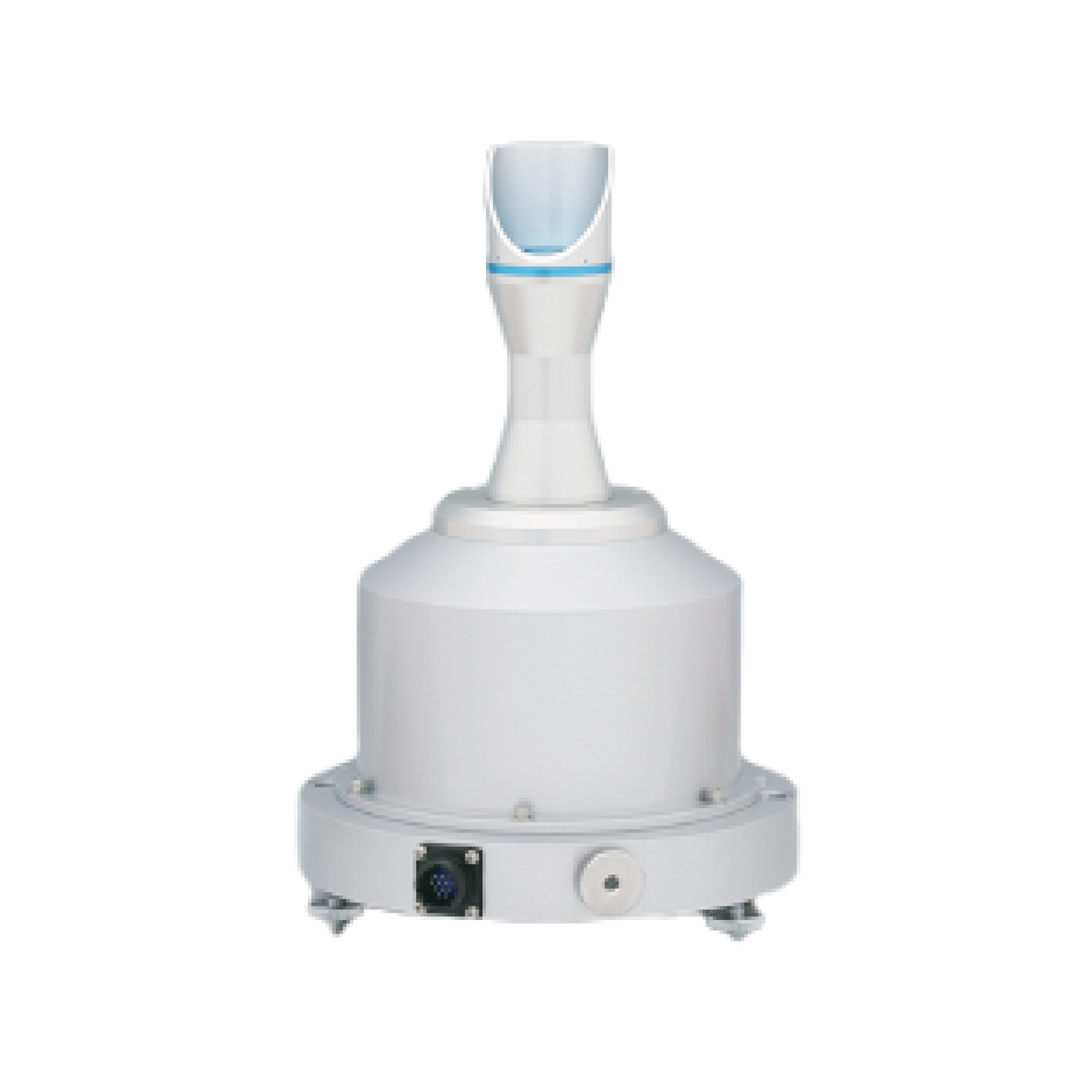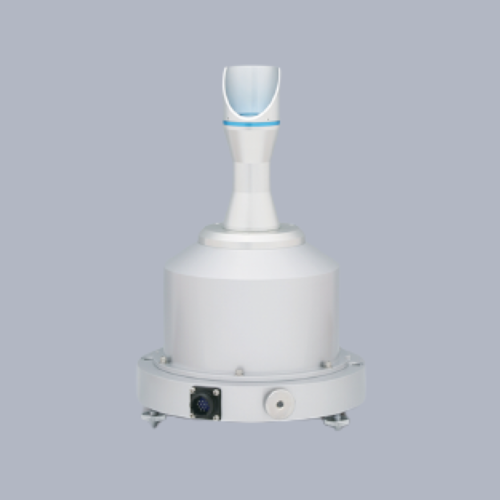MS-711N DNI
Spectroradiometer

Integrated collimating tube
Unique & all-weather, the MS-711N DNI is a new generation grating spectroradiometer designed to provide the most accurate direct solar spectral data outdoors.

MS-711N DNI
A unique all-weather sensor, the MS-711N DNI Spectroradiometer is designed to provide the most accurate direct solar spectral data outdoors and features a temperature-controlled detector, ensuring optimum performance in hot and cold conditions ranging from -10 to 50°C.
Measuring the spectral range from 300nm to 1100nm (UV-Visible-NIR), the MS-711N DNI comes with NIST traceable calibration and a calibration uncertainty budget.
The MS-711N DNI has a compact, fixed, collimating tube with a Quartz window and window heater and can be attached to the STR-21G or STR-22G sun trackers using a robust aluminium mounting plate for automatic tracking.
The new generation grating and rugged optical design of the diffusor and input optics in the MS-711N DNI make it superior to any fiber-optic based spectroradiometer by eliminating common issues with mechanical vibration and handling; ideal for permanent installation or as a travelling reference.
The MS-711N DNI has a separate power supply and can be controlled through RS232 / 422 via a PC or data logger. EKO also provides software options for device and data management and visualisation. EKO Spectroradiometers deliver top-tier spectral measurements and detail about energy distribution (W/m2/nm), essential for effective PV or CPV cell research and performance analysis.
Key Features:
- Robust design, made for outdoor solar research
- High optical resolution <7nm
- Operating temperature range -10 to 50°C
- Temperature controlled detector core
- NIST Traceable calibration
Resources
Accessories
Frequently Paired Together
| Wavelength Range | 300 to 1100 nm |
|---|---|
| Optical resolution FWHM | < 7 nm |
| Wavelength accuracy | ± 0.2 nm |
| Directional response at 1000W/m² | – |
| Temperature response | < 2 % (-10°C to 50°C) |
| Temp. control | 25 °C |
| Operating temperature range | -10 to 50 °C |
| Exposure time | 10 – 5000 msec |
| Dome material | – |
| Communication | RS-422 / 232C |
| Power supply | 12VDC, 50VA |
| Dimensions mm | 220 (D) x 197 (H) |
| Weight | 4.5 kg |
| Ingress protection | IP65 |
| Power supply (Power Adapter) | 100-240VAC, 50/60Hz |
| Power Consumption | 50 W |
| Power supply operating conditions | -10 to 40°C / 0 to 90 %RH |
| Power supply dimensions (mm) | 320 (W) x 240 (D) x 80 (H) |
| Power supply weight | 1 kg |
| Program | Analysis software WSDAc |
| OS | Microsoft Windows 7/8/9/10 |
| Functions | Display and analyze data |
| Cable length | 10m ( 20m / 30m ) |
| Field of View (FOV) | 5 ° (Collimating tube) |

